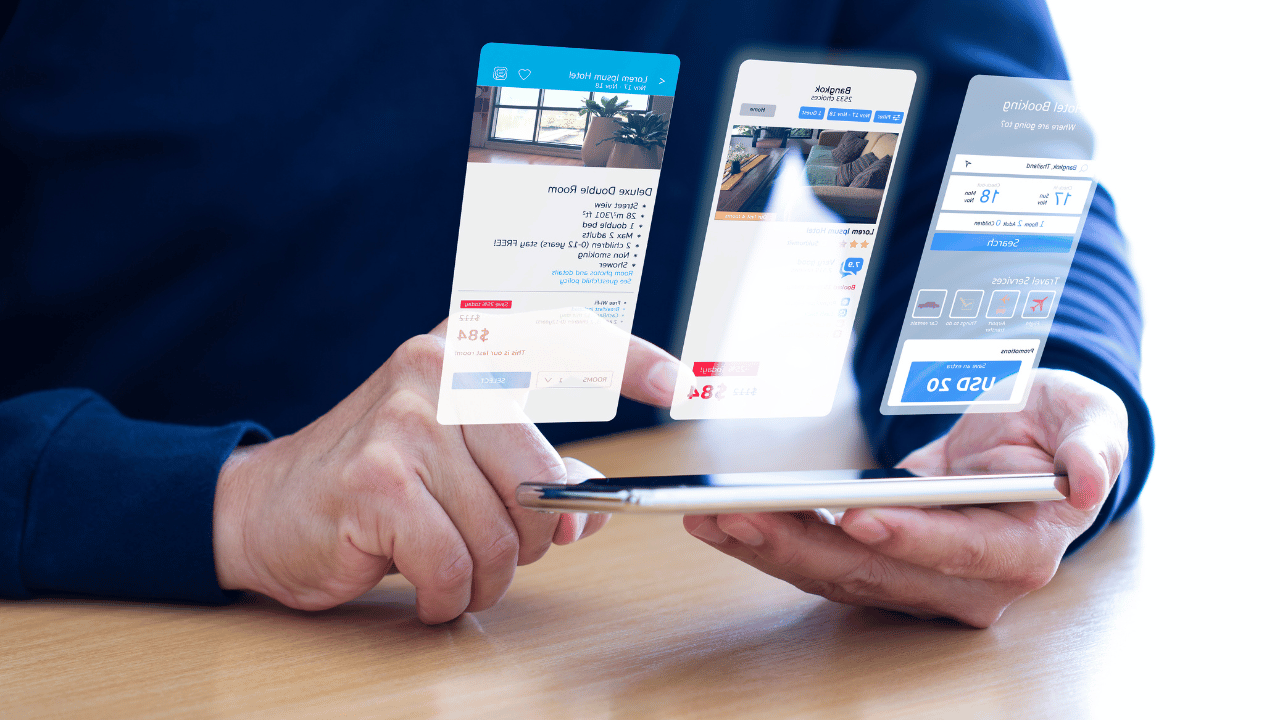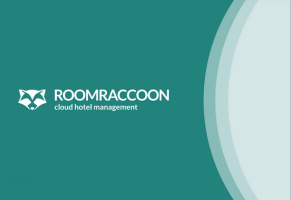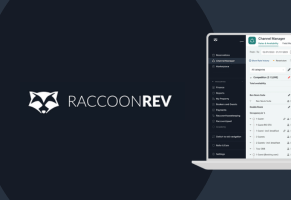CORE PRODUCT
Hotel Payment Security: Risk Management
March 6, 2023 Nicky. M
Home > Guest Experience, Guest Experience, Technology, Technology > Hotel Payment Security: Risk Management
Share this post

As more and more hotels make the necessary shift online, there is a greater demand for hotel payment security. Hotels deal with very real security threats: hacking on the cloud, fraudulent transactions, phishing, attacks on apps, mobile attacks, chargebacks, and the list goes on.
For this reason, hotel businesses need more control over which payments should be reviewed, allowed, or blocked. This is possible with risk management, an essential feature of leading online payment tools, and an integral part of RaccoonPay, our native payment processing software for hotels.
Here we’ll guide you through managing risks to your hotel payments and answer your questions along the way.
What is Risk Management in the Hotel Industry?
Risk management identifies, assesses, and controls threats to a hotel’s revenue and earnings. These risks stem from various sources, including financial uncertainties, legal liabilities, technology issues, strategic management errors, accidents, and natural disasters.
But the biggest risk facing hotels is growing credit card fraud which has doubled over the past seven years. Online fraud and data breaches cause damage to the hotel’s reputation, loss of their most loyal customers, and a drop in their bottom-line profits.
Why do hotels need risk management?
The hotel industry operates in a high-value transactions sector (consider the average daily room rate). This puts hotels directly on the radar of fraudsters and cyber attackers skilled in getting past basic online defences.
Hotels must up the ante with advanced risk management, strategies, and tools to protect themselves and their customers.
How does hotel risk management work?
Each payment goes through a risk evaluation. Based on your risk settings, risk profile, and risk rules, the transaction gets accepted or blocked by risk or sent to case management for manual review.
Example: With RaccoonPay, each payment is evaluated against your created rules. For example, you may decide to use 3D Secure for every transaction where the issuing card is from a high-risk country with a risk score greater than 70 and a transaction value above $100.
Examples of Hotel Payment Security Tools and Features
How do you know if your hotel payments are truly secure?
Hotel payment processing software must adhere to industry security standards and include the most up-to-date fraud protection tools:
1. Security Compliance
One way to ensure hotel payment processing software is secure is by validating its PCI compliance. Anyone involved with the processing, transmitting, or storing of card data must comply with the Payment Card Industry Data Security Standards (PCI DSS) and Payment Service Directive 2 (PSD2), the highest standards for processing online payments.
RaccoonPay has been audited by an independent PCI Qualified Security Assessor (QSA) and is certified as a PCI Level 1 Service Provider.
2. Payment Tokenisation
The simplest way to be PCI compliant is never to see (or have access to) card data. This is known as tokenisation. The process replaces actual card details with a unique alternate code known as the ‘token’.
For example, when guests insert their credit card details during a booking, the sensitive data will be replaced by nonsensitive data, which appears in your reservation or property management system. This way, you’re ensuring the safekeeping of your guests’ data.
3. Chargeback Support
A chargeback occurs when a hotel guest reverses a hotel payment after contacting their bank.
Chargebacks are prevalent, especially in the hotel industry, and they can’t be avoided altogether. However, it certainly helps to have chargeback support from your hotel payment provider.
Typically, after a chargeback is initiated, you’ll receive a Notification of Chargeback from your payment provider. From this point, you can choose to defend the chargeback within a defined time frame by submitting supporting documents. A time-intensive process follows whereby the cardholder’s issuing bank and the merchant’s bank investigate the claim and accept or reject the defence.
4. Payment Authorisation
Credit card authorisation is often the simplest system hotels can use to secure bookings. When a customer makes a payment, the merchant (hotel) sends a request to their acquirer, also known as a credit card processor – RaccoonPay, for example.
The acquirer then submits a request to the credit card issuer. The issuer reviews the customer’s account and decides if enough funds exist to cover the cost of the sale. If they do, an authorisation hold reduces the customer’s credit line for the sale amount.
Hotel managers can directly authorise and charge the customer’s credit card for the due amount in the reservation, as in the RaccoonPay example below.

5. Prepayments
Hotels using high-performance booking engines with reliable payment processing can request prepayments on their websites, either in full or part, during the booking stage.
This is often done as a way to secure the reservation and ensure that a customer is serious about renting a room.
Good to know: In light of recent travel restrictions, many travellers are wary of prepaid bookings and prefer to have refundable options if they need to cancel due to unforeseen events.
6. 3D Secure 2.0
The most trusted symbol in online payments is 3D Secure 2.0. The industry-leading authentication protocol provides a smoother booking experience and adds an extra layer of security to hotel transactions with automatic two-factor customer authentication.
What does customer authentication mean? Simply put, the bank requires extra information from a cardholder to verify the purchase.
Authenticating purchases can significantly reduce the number of chargeback disputes and fraudulent transactions. It often involves sending a special code to the cardholder via text message or email. Some banks take advantage of available biometric data like fingerprint authentication and facial recognition through the customer’s mobile device.
Another key benefit of 3D Secure 2.0 for hotels is that banks are liable for any issues that arise with transactions.
How Do 3D Secure Hotel Payments Work?
A 3D payment gateway functions similarly to a 2D payment gateway but with an extra verification step, as seen in the 3D Secure Flowchart below. The system checks whether or not the card is registered for 3D Secure and then redirected to a 3D Secure page served by the card provider. If the two-factor authentication goes successfully, the cardholder is then redirected back to the hotel website for payment confirmation.
In contrast, 2D payments only require a card number, expiry date, and CVV to pay online.

Final thoughts
A hotel business accepts payments through various methods to accommodate modern-day travellers and tech-savvy guests: online payment links, prepayments, and e-wallets. With more ways than ever to pay and get paid, hotel payment security requires stronger measures.
Hotels can keep transactions risk-free with a reliable payment gateway that continuously updates the software with the most up-to-date security standards and fraud protection tools.
Find out more about RaccoonPay here.
Follow us
Nicky. M
Nicky is RoomRaccoon's Senior Content Manager, combining a love for travel with a practical approach to improving hotel performance through tech and insightful tips. Join her journey where travel, hospitality, and technology meet.
Related Posts
Subscribe to our newsletter for more on the latest hospitality & RoomRaccoon updates delivered straight to your inbox!





